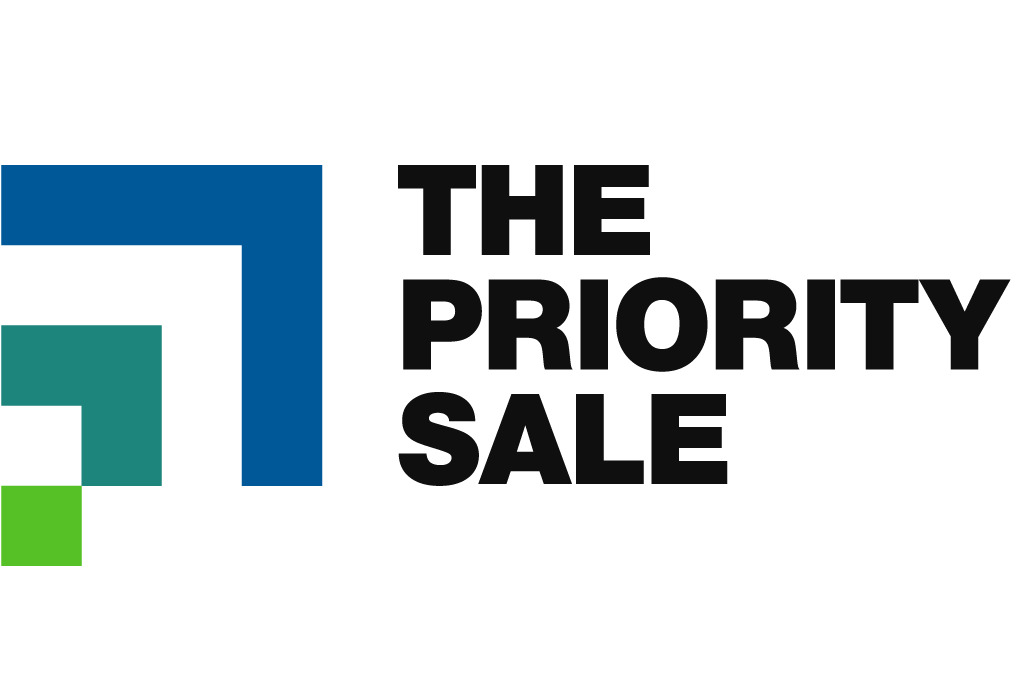Introducing the H.A.N.D.L.E. Methodology Functions
In today’s B2B sale, it can often feel like you’re competing against your prospects. That’s a dangerous mentality because it prevents you from aligning your real impact to their top priority. But you’d still be forgiven for thinking this way.
It happens because there can be two separate playbooks at work in the sale. There’s the buyer’s playbook, designed to keep you out of the sale until the very end. They prioritize and plan the purchase all on their own. Then they go out and procure the solution. That last part is where they want you – and all of your competitors – to compete on price. That way, if they decide to do anything at all, they feel safe, thinking they got a good deal.
But here’s the thing: this playbook doesn’t work for you or them.
Think about it like this, when you’re making a big buying decision how do you expect to get exactly what you need? Would you trust the outcome without ever talking to an expert, and then spending as little on it as possible? Of course not. So, it’s no wonder that this method of buying often produces mixed results.
As a seller, you need your own playbook to counteract this. The Priority Sale has identified the six functions of a sale that, when executed and fulfilled, lead to better deals at higher margins that both buyer and seller enjoy more.
These six functions are represented by the acronym H.A.N.D.L.E.
- H is for Hunt
You must find real decision-makers, the ones that can become your champion. - A is for Align
You must find their top priority and match your real impact to that priority. - N is for Navigate
You must show them the way to the sale and help them get the buying committee on board. - D is for Define
You must thoughtfully craft a solution that will eliminate their threat. - L is for Launch
You must guide them to the beginning of your work together. - E is for Expand
You must renew the business you can, and consistently deliver more value throughout the engagement.
Though they’re presented in roughly the order they occur, it’s important not to think of these as steps. There are three key distinctions between functions and steps that make this methodology work. These are:
- Skipping steps is good. Skipping functions is bad.
If you rush through a sale without aligning priorities, you’ll lose more than you win. You see this in organizations that produce a ton of quotes, but don’t get a lot of signatures. - Sometimes, you’ll be performing two or more functions at once.
It’s not uncommon, for example, to be aligning a buying committee as you help your primary contact navigate the sale. Whereas steps are linear, functions are fluid. It’s okay to recognize this and be prepared for it. - Sometimes, you have to go “backward,” but it’s not actually hindering progress.
In a step-based methodology, it can feel like we’re penalized for having to go back to the step prior, but this is a bad way to look at things. Every sale is a project. If you’re reluctant to do the extra work necessary to make it a success because you think of this as “going backward” or hindering progress, you won’t complete many of these projects. Here’s a great example: Think about those times when you’re told “I’m the primary decision-maker” by your prospect, only later to find out they have to “run it past” two or three people before they can decide. It happens regularly. This just means you’ve still got some work to do to complete the Hunting function, not that you’re doing something wrong.
The Priority Sale eLearning Platform contains all the tips and tools you need to perform each function successfully. Each function is its own course, examining why it is necessary, how to do it and what you can measure and expect when you’re successful. Click here to sign up and gain access to new content, every month, plus virtual instructor-led sessions.

